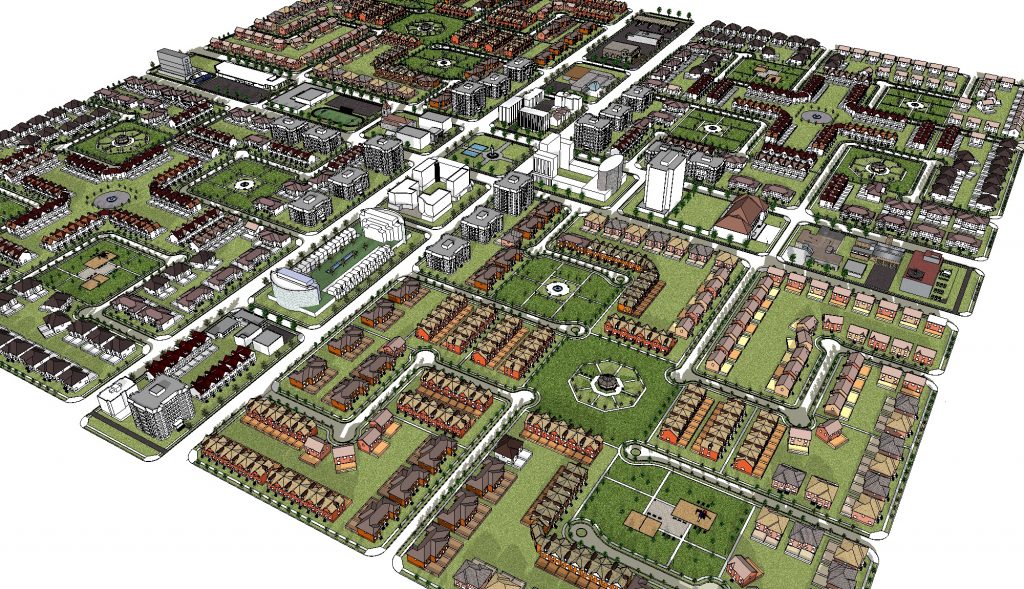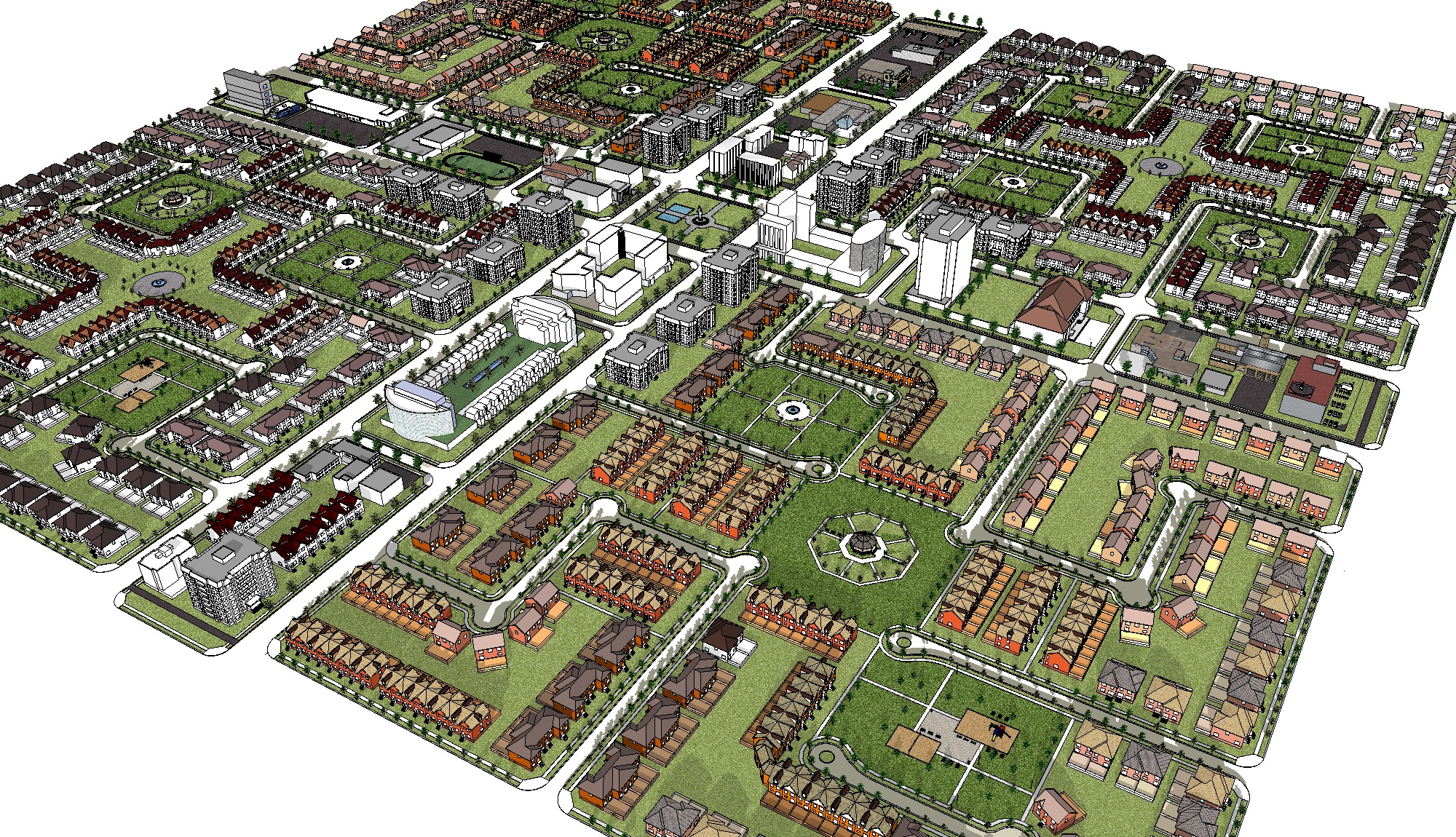Planning in a new environment
The planning system has undergone much change recently, so what are the new structures and how has the balance of responsibility shifted between central and local government?

On 1st April 2015 a new planning system came into force under the Planning Act 2011. This introduced a new two tier system, sharing planning responsibilities between councils and the Department of the Environment (now the new Department for Infrastructure). This replaced the old system under the Planning Order 1991, where the Department of the Environment held all responsibilities for planning in Northern Ireland.
Under the new system, local councils now have these responsibilities:
- Local development planning – councils create their own local development plans (LDPs) which set out how the council area should look in the future by deciding the type and scale of development to be encouraged and where it should be located;
- Development management – determining local planning applications;
- Planning enforcement – investigating alleged breaches of planning control and determining what action should be taken.
However, a certain number of responsibilities have been retained by central government and will be the responsibility of the new Department for Infrastructure (DfI). These include:
- Determination of regionally significant applications and ‘called-in’ applications;
- Regional planning policy;
- Planning legislation;
- Oversight and guidance for Councils; and
- Performance management.
All major and local developments are to be dealt with by councils and major developments will be subject to pre-application consultation with the community, as detailed in Practice Note 10. Regionally significant development proposals will also be subject to pre-application community consultation and will be determined by the DfI.
Plan-led system
The 2011 Act provides for a new plan-led system meaning that the LDP, produced by councils, will be the primary consideration in the determination of applications by both councils and the Department. LDPs set out how the council area should look in the future, while at the same time protecting the surrounding landscape and environmental features.
In Practice Note 1 the DoE has described the new LDP system as follows,
…a unique opportunity for a council to genuinely shape places for local communities that will enable them to adopt a joined up approach, incorporating linkages to other functions such as regeneration, local economic development and community planning.
In addition to the creation of LDPs, the Local Government Act 2014 also requires each council to form a Community Plan. The duty of community planning requires a council to create a long term vision for the social, environmental and economic wellbeing of their community. This is to be identified in the Community Plan, which must be taken into consideration by councils when developing their LDPs.
New Planning Policy
In addition to these new responsibilities for local councils, the new planning system involves a move away from the existing suite of Planning Policy Statements (PPS) to a single Strategic Planning Policy Statement (SPPS). The SPPS was published in September 2015 and consolidates the suite of PPSs into one document. It provides the overarching planning principles from which councils should develop their own planning policies within their new LDPs. It will also be material to individual planning decisions and appeals.
However, a transitional period is currently in operation until councils develop their own planning policies under their LDPs. This means that currently the new councils will apply the policy of the old PPSs together with the new SPPS. However, where there is a difference between the two, the SPPS takes precedence. Once councils have developed and published their own policies, within a timeframe agreed by the Department, the old PPSs will cease to have effect.
New role for councillors
Under the new system councillors make the final decisions on planning applications, albeit with professional advice from planning officials. This being said, small and local applications may be delegated to officials, with major and contentious applications retained by councillors on a council’s planning committee.
As these new powers become established, it will be interesting to observe the differences in direction and approach adopted by each council, as well as the establishment of a brand new relationship between the DfI and local government in Northern Ireland.



